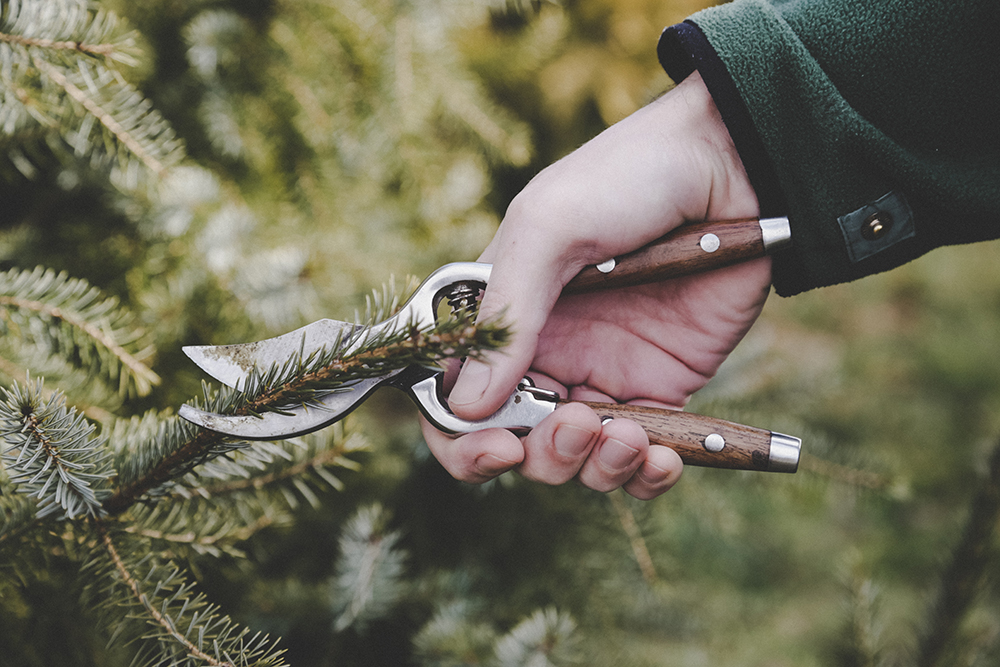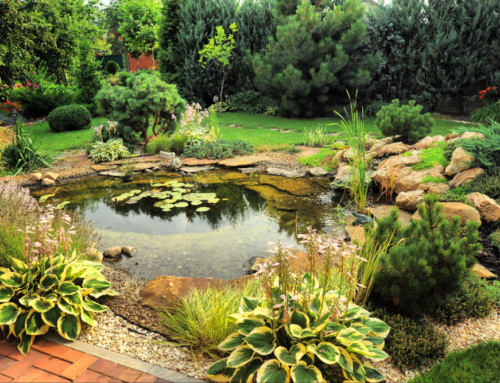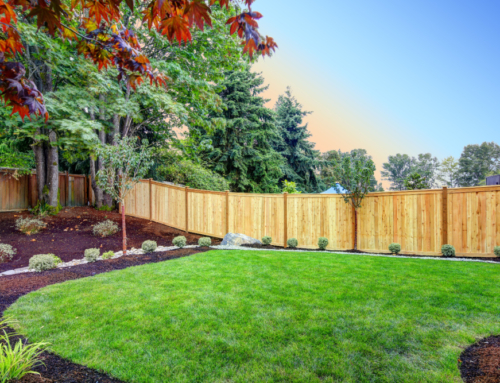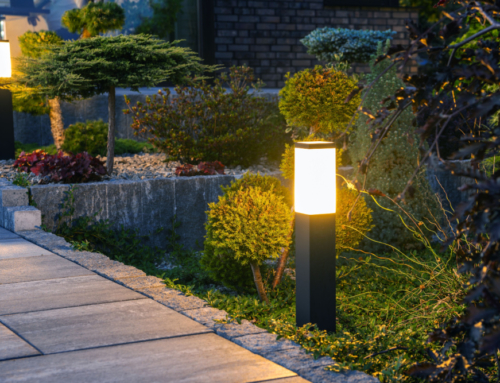Despite the cold conditions, late winter is in fact the best time to prune your trees and shrubs. This is because most of the plants go into dormancy due to the cold weather, thus making it the ideal time to trim and shape your plants.
Besides, pruning your yard during the cold season offers so many benefits. Firstly, it promotes new growth, and there is no chance of diseases spreading to other plants.
With that said, knowing what plants to trim and when to prune can help improve the overall look of your yard. Here are a few winter landscaping tips that you can use to enhance your home’s appeal.
Keep your pruning tools clean
Before pruning your plants in the winter, it is important to make sure your tools are clean and sharp. Clean tools will prevent the spread of diseases, but you have to spray them with a bleach solution to kill disease-causing pathogens. On the other hand, keeping your tools sharp will make the pruning process swift and seamless.
Avoid pruning when it’s snowing
The presence of moisture can trigger fungal and bacterial growth in the wounds of your pruned plants. You are therefore advised to pick a mild, dry day to avoid exposing your trees and shrubs to excess moisture.
Remove deadwood and diseased stems
The essence of pruning is to encourage new growth and keep your plants healthy. With this in mind, you should start the process by removing all undesirable branches, including dead and diseased stems. You can do a scratch or snap test to check whether the branch is alive or not. The presence of green tissue underneath the skin of the branch after scratching means that it is alive, while branches that snap quickly are obviously dead.
Know what not to prune during the winter season
Keep in mind that NOT all plants should be pruned in the winter season. Spring blooming trees and shrubs do not require pruning since their buds are already formed. Pruning will only destroy the buds and prevent the plants from flowering. In the same breath, some plants tend to bleed when pruned during cold seasons. Considering this, you should avoid them until late spring.
Only trim evergreens as needed
Some types of evergreen shrubs such as boxwood, privet and holly, might or might not require regular pruning at this time of the year. Pruning will depend on whether you want to change the shape and appearance of the shrubs.
Enlist professional landscapers
The beauty of pruning is that you can do it yourself. You just need to learn what plants to trim, parts to prune and the ideal time to do it. However, whether it’s your first time pruning or you have been doing it for a while, it is always a good idea to seek the services of professional landscapers. These professionals will never go wrong given that they have firsthand experience in pruning in the winter season!






